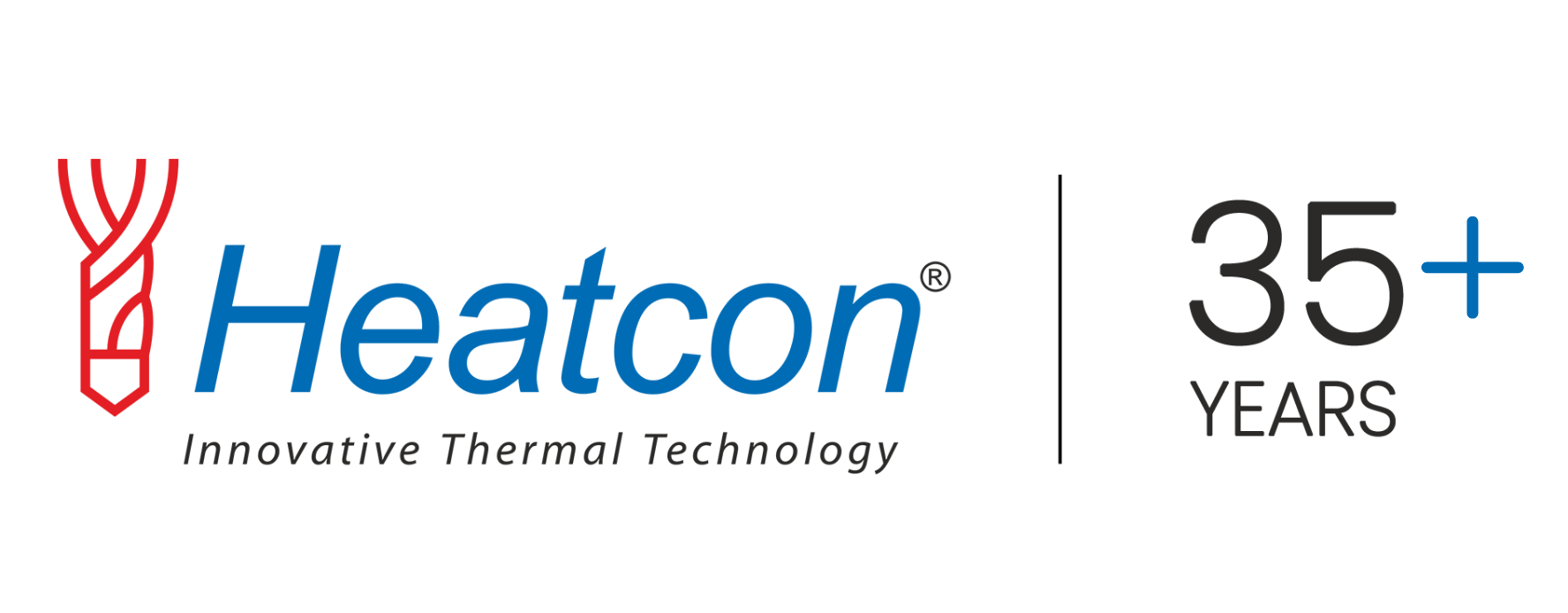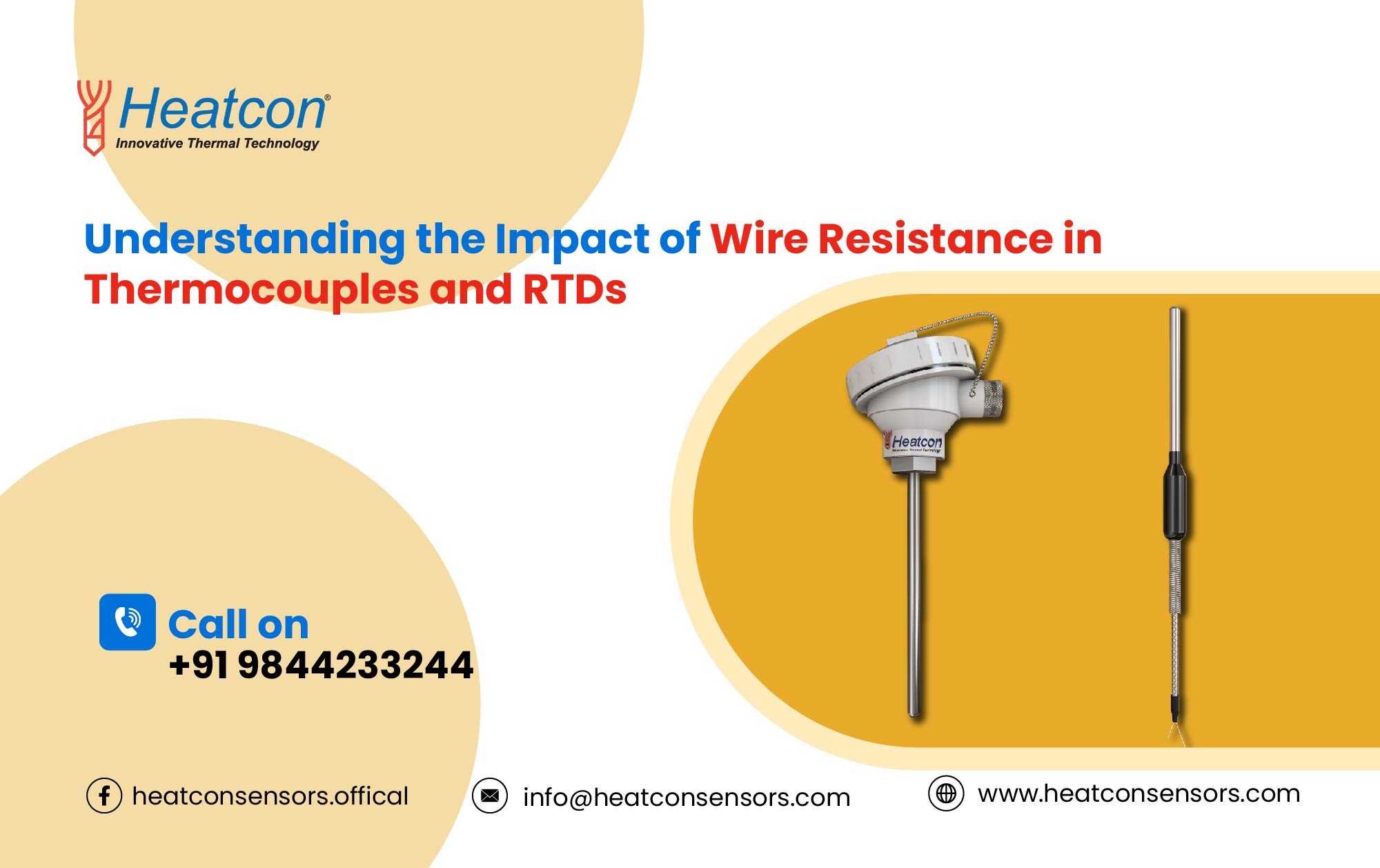Understanding Wire Resistance in Thermocouples and RTDs
In the world of temperature measurements, thermocouples & RTDs (resistance-temperature-detectors) are 2 of the most common types of sensors that most users rely upon in different industries. But one critical factor that is usually overlooked is the impact of wire resistance on the accuracy of such sensors. Wire resistance has the power to introduce errors in temperature readings, which affects the reliability of those measurements. Understanding & mitigating such effects is quite an essential aspect that ensures accurate temperature monitoring in various industrial processes & scientific experiments.
How Do Thermocouples & RTDs Work?
Thermocouples operate based on the Seebeck effect, wherein a voltage gets generated across the junction of 2 dissimilar metals, and this happens in response to a specific temperature gradient. This particular voltage tends to be proportional to the temperature difference, which is there between the hot junction & the cold junction. But the connecting wires of thermocouples tend to possess inherent resistance that can interfere with the voltage signal, which can in turn lead to errors in temperature measurements. Likewise, RTD sensors work on the principle of the change in resistance with temperature. This resistance of the connecting wires tends to add to the overall resistance of that RTD circuit, which impacts the accuracy of temperature measurements thus taken.
How to Minimize Errors for Accurate Measurements?
To minimize errors caused by wire resistance in thermocouples and RTDs, one can employ several strategies, some of which are mentioned below:
Shielding
One can employ shielding techniques to minimize electromagnetic interference, which contributes to measurement inaccuracies. Shielded cables tend to protect the signal from external electromagnetic fields, which ensures more reliable temperature measurements & readings.
Wire Selection
It is crucial to choose wires that have low resistance & suitable material properties. Copper wires tend to have such properties of low resistance & good conductivity; therefore, they are the most commonly used ones. Also, using wires that have larger diameters tends to reduce resistance.
Shorter Wire Lengths
One should minimize the length of the connecting wires, as it helps in reducing the overall resistance in the circuit, which in turn decreases the potential for any error(s). Optimal placement of sensors close to measuring devices can help in achieving this.
Calibration & Testing
Regular calibration of these sensors happens to be an important aspect that is essential to account for any variations in resistance over time. One should also do the testing of these sensors regularly under different temperature conditions as it allows for the detection & correction of any error(s) caused by wire resistance.
Compensation Techniques
If you can employ compensation techniques like three-wire or four-wire configurations, then it can help in mitigating the impact of wire resistance. Such configurations involve additional wires to measure & compensate for the resistance of the connecting wires, which results in more accurate temperature measurements & readings.
Temperature Transmitters
One can help overcome the limitations of long wire runs by making use of temperature transmitters. This helps in converting the resistance signal to a voltage/current signal. It is far less prone to any wire resistance effects.
Conclusively, wire resistance tends to pose a grave challenge in temperature measurements using thermocouples & RTD sensors. You can minimize errors by exploring the impact of wire resistance on the accuracy of these sensors. You can also minimize errors by mplementing appropriate mitigation techniques including wire selection, compensation methods, calibration, etc.. Thus, you can achieve accurate temperature measurements. These are very essential in most industrial processes & scientific applications. Regular maintenance & monitoring of the performance of these sensors are crucial to ensure continued accuracy over time. You can surely rely on Heatcon Sensors for the best range of products.


